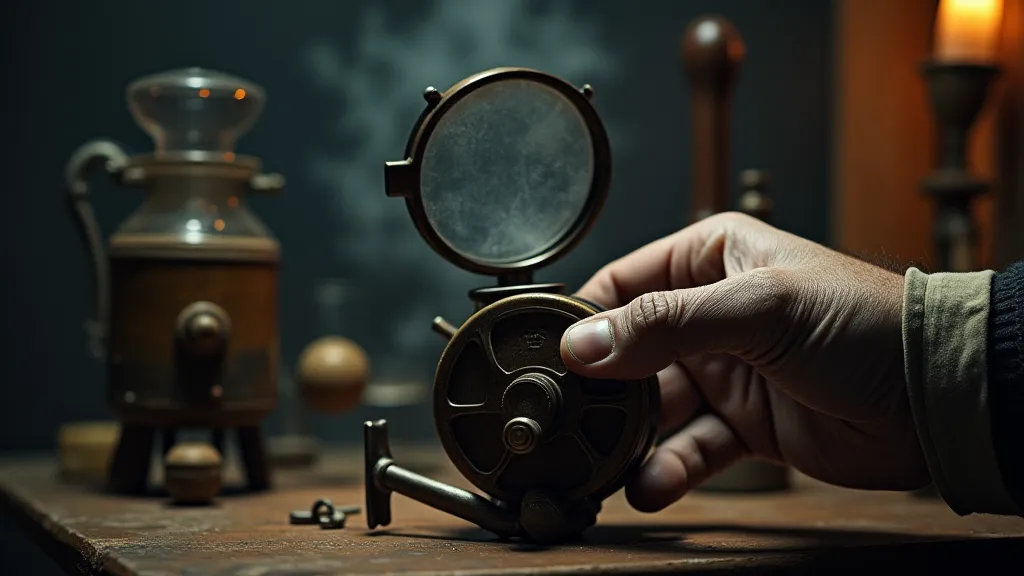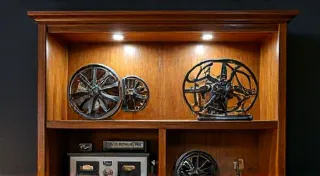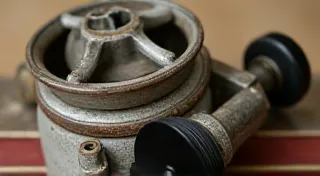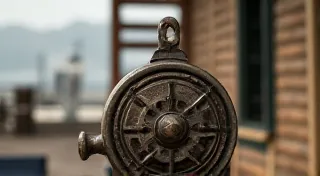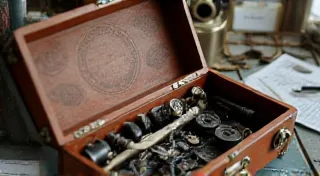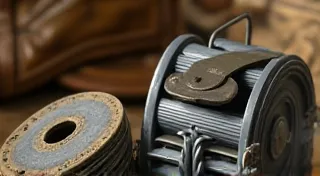The Role of Auction Houses in the Vintage Reel Market
There’s a certain poetry to the acquisition of a vintage fishing reel. It’s more than simply obtaining a piece of equipment; it’s acquiring a tangible connection to a history of angling, a legacy of craftsmanship, and, often, a glimpse into the lives of those who held it before. I recall my grandfather, a quiet man of few words, patiently showing me his prized Pflueger Supreme, a workhorse reel that had seen countless days on the river. He didn't speak of value or rarity, just the stories it held, the fish it had battled, the camaraderie it had witnessed. That feeling, that sense of connection, is what draws many of us to the world of vintage fishing reels.
But where do those treasures come from? While antique stores, flea markets, and online marketplaces all have their place, the auction house occupies a unique and vital role in the vintage reel market – a nexus where rarity, history, and financial value intertwine.
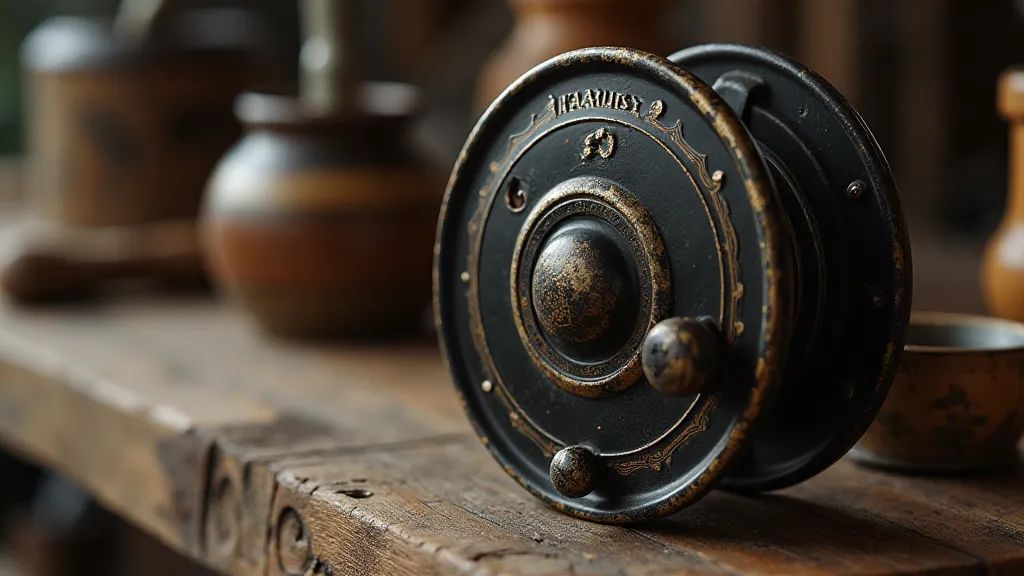
The Auction House: A Window to Rarity
The auction house differs from a typical retail environment. Here, reels aren't presented simply for sale; they are presented as artifacts, often accompanied by provenance – a documented history of ownership. This provenance is *everything*. A reel known to have belonged to a famous angler, or with a traceable history of use in a significant event, commands a premium far beyond its inherent mechanical value. Auction houses specialize in connecting these stories with collectors willing to pay for that added layer of historical significance. Understanding the backgrounds and innovations of early anglers, like Amos G. Spofford, can provide valuable context when evaluating reels and their potential historical significance.
The role of the auction house isn’t merely transactional; it's a vetting process. Consignors (those selling reels) are often evaluated, and items are researched and cataloged by experts. This process lends a degree of credibility and assurance to the buyer that they are acquiring a genuine item, accurately described. While no system is foolproof, the auction house's reputation relies on its integrity, incentivizing a more thorough assessment than you might find elsewhere. This is particularly vital when dealing with early and complex reels. Consider the intricacies of Zero Spindles, for example – accurate identification and understanding their unique construction are crucial for collectors.
Navigating the Auction Landscape
The landscape of vintage fishing reel auctions can seem daunting. Major auction houses like Christie’s, Sotheby’s, and Bonhams occasionally feature exceptional reels within broader sporting collections. However, smaller, specialized auction houses often cater specifically to the collecting community. These are your go-to sources for the most impressive and focused selections.
Research is Key: Before even registering to bid, immerse yourself in knowledge. Understand the manufacturers: Hardy, Pflueger, South Bend, Zero Spindle, Orvis, Fenwick. Know their signature models, their construction techniques, and the subtle variations that indicate rarity or collectibility. Auction catalogs are treasure troves of information, even if you aren’t intending to bid. Read the descriptions meticulously. Don’t just look at the pictures; understand the terminology used. Knowing the details of a classic reel like the Pflueger 1600 can be a significant advantage in the auction environment, allowing you to better assess its condition and potential value.
Condition, Condition, Condition: The mantra of every collector rings true: condition is paramount. A pristine, unmolested reel will almost always fetch a higher price than a heavily restored or modified one. Look closely at the photos, paying attention to any signs of corrosion, wear, or damage. Don's be afraid to ask the auction house for more detailed photographs or condition reports. Many reputable auction houses now offer live video viewings allowing you to examine items in detail.
The Emotional Investment
Buying at auction isn't just about securing a valuable investment; it’s about participating in a community. Auction rooms, both physical and virtual, are filled with passionate collectors eager to share their knowledge and appreciation. There's a shared excitement in the bidding process, a camaraderie born from a mutual love of these historic objects.
I remember my first major auction. I was determined to acquire a particularly elusive Zero Spindle reel, a reel whispered about in hushed tones among collectors. The bidding was fierce, driven by several experienced collectors. I almost bowed out, but something – a stubbornness, perhaps, or a genuine desire to own that piece of history – kept me in the game. When the hammer finally fell, and I was declared the winning bidder, the feeling was exhilarating. It wasn't just about the reel; it was about being part of that shared moment, that collective passion.
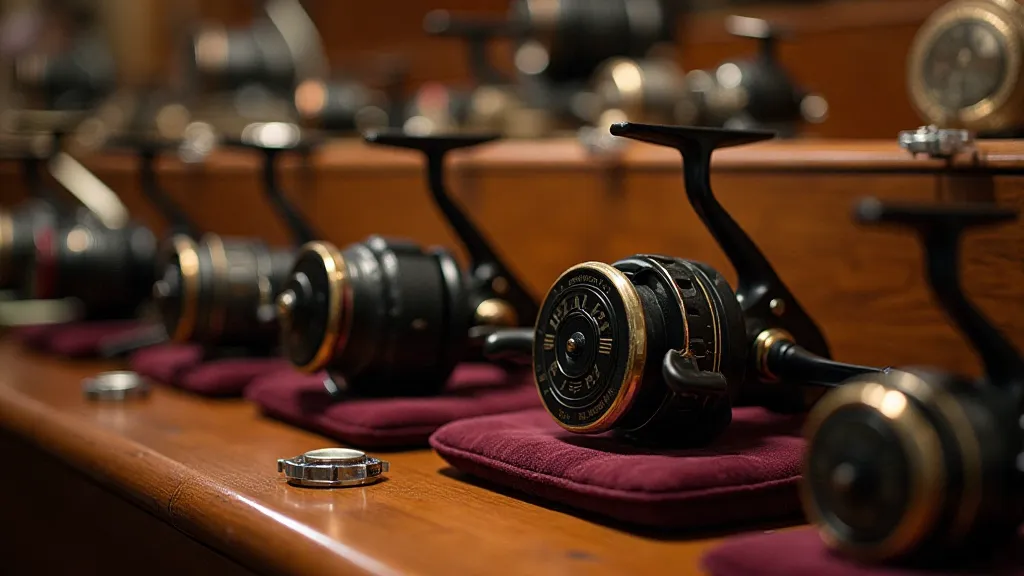
Restoration Considerations
While a pristine reel is often desirable, the world of vintage reel collecting isn’t universally opposed to restoration. Many collectors appreciate a reel that has been carefully and authentically restored, bringing a neglected piece back to its former glory. However, it's crucial to understand the impact restoration has on value. A reel that has been heavily modified or poorly restored will typically be worth less than an original, unrestored example. Disclosing any past restoration work is key to maintaining the integrity and value of a vintage reel. The process of protecting and preserving these valuable artifacts is also important; consider the best reel storage tips to maintain their condition for years to come.
The Future of the Market
The vintage fishing reel market, like any collecting niche, is subject to fluctuations. However, the enduring appeal of these objects – their beauty, their craftsmanship, and their connection to a bygone era – suggests a continued level of interest. The rise of online auction platforms has democratized access to the market, allowing collectors from around the world to participate. As younger generations discover the joys of collecting, the demand for these artifacts is likely to remain strong. The knowledge and experience of seasoned collectors continue to shape the market, acting as both guides and drivers of value. The ongoing discovery of new models and variations will undoubtedly fuel further interest and intrigue. Preserving the heritage of these artifacts requires attention to detail, both in their acquisition and their ongoing maintenance.
Ultimately, the role of the auction house in the vintage reel market is to bridge the gap between the past and the present. It’s a place where stories are revealed, values are determined, and the legacy of angling lives on, one carefully preserved reel at a time. The appreciation for these objects is more than just monetary; it's about connecting with a history, a craft, and a passion that has spanned generations. The meticulous examination of each reel, the detailed descriptions, and the competitive bidding all contribute to a unique and engaging experience for collectors.
